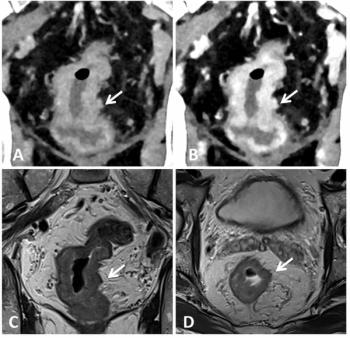
MRI documents potential precursor to cocaine addiction
The amygdala, a brain structure critical in making judgments, is markedly smaller in cocaine addicts, according to a study conducted at Harvard Medical School. While the results are preliminary, they may indicate that reduced amygdala volumes predispose people to cocaine addiction.
The amygdala, a brain structure critical in making judgments, is markedly smaller in cocaine addicts, according to a study conducted at Harvard Medical School. While the results are preliminary, they may indicate that reduced amygdala volumes predispose people to cocaine addiction.
The amygdala is an almond-shaped structure in the anterior section of the brain's temporal lobe. It allows people to evaluate environmental cues for evidence of danger. The amygdala orchestrates other brain regions to produce appropriate responses in dangerous situations, said Dr. Nickos Makris, an assistant professor of neurology and the study's lead author.
"Subjects who have reduced amygdala volumes, like the cocaine-dependent population in our study, show significant difficulty identifying and judging the potential negative outcomes of their behavior," he said.
Makris and colleagues examined structural MR imaging data from the brains of 27 cocaine addicts and a control group of nonaddicts (Neuron 2004 Nov. 18;44[4]:729-740).
The amygdalas of cocaine-addicted subjects were an average of 13% smaller on the left side of the brain and 23% smaller on the right side, compared with control subjects. Additionally, the amygdalas in the cocaine-dependent subjects showed unequal volumes on the two sides of the brain as opposed to the laterality seen in the amygdalas of the healthy subjects.
Amygdala size did not correlate to measures of anxiety, depression, cocaine use, or age at which cocaine use began. The researchers did not have sufficient evidence to determine whether reduced size resulted from cocaine abuse or predated the abuse.
Family-based or longitudinal studies of illness progression are being developed at the Massachusetts General Hospital NMR Center. They could settle the question of whether the observed decrease in amygdala volume in these subjects represents an early neural marker of cocaine use or a developmental trait that increases the risk of drug dependence, Makris said.
"The results of our study have clear policy implications. If it is proven that genes are to blame, then MRI-based strategies for prediction and prevention measures should be applied," he said.
For more information from the online Diagnostic Imaging archives:
Newsletter
Stay at the forefront of radiology with the Diagnostic Imaging newsletter, delivering the latest news, clinical insights, and imaging advancements for today’s radiologists.



























